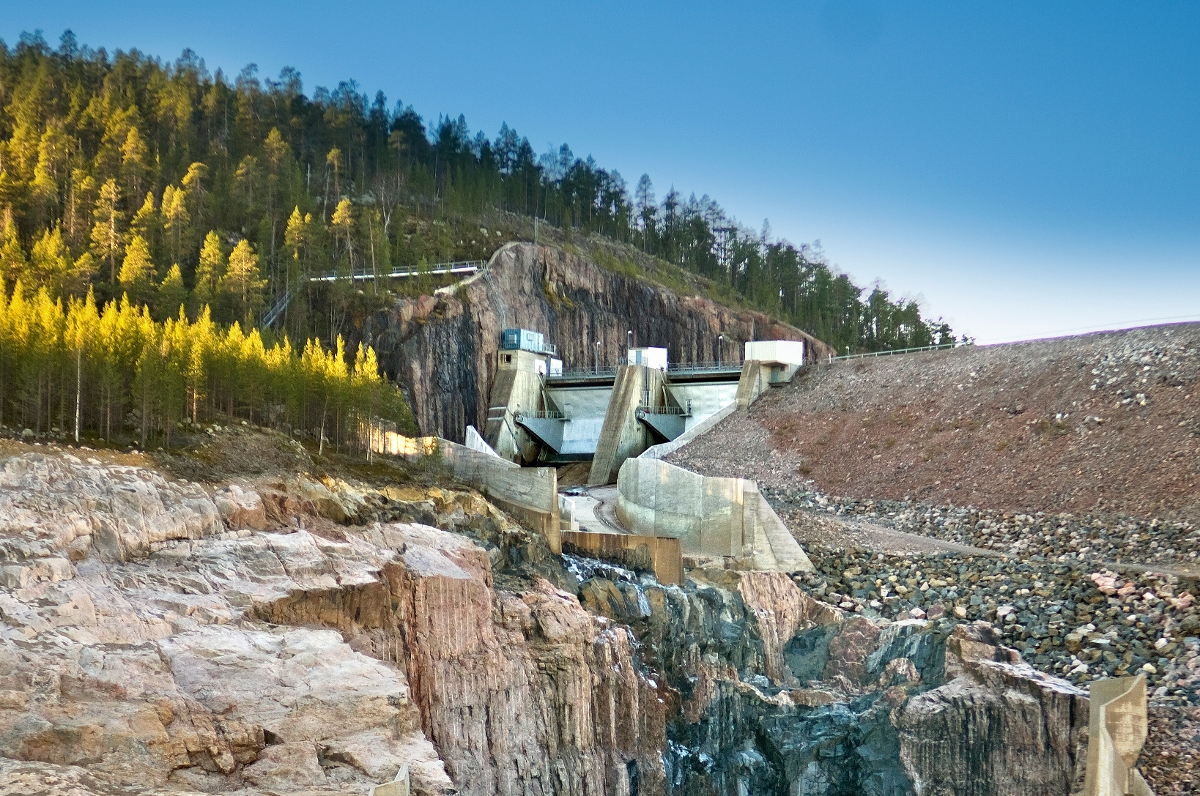Letsi
Facts
Country
Sweden
Electricity Capacity
474 MWe
Stream
Lule älv
Head
135 m
Turbine type
Francis
Vattenfall ownership share
100 %
Status
In Operation
Water information
Above pond
Below pond
Through pond hatch
Last update

Letsi was the first hydro power plant in the river Lilla Lule älv, a small tributary of the river Lule älv. Construction began in 1960 and the plant was commissioned in 1967.
Before construction began, the local community expressed concerns about potential negative impacts on reindeer management. In response, Åke Rusck, the general director of Vattenfall at that time, made adjustments to the construction plan.
The river Lule älv
Around 40% of all energy consumed in Sweden is generated from hydro power. The river Lule älv, on which Letsi is located, is the most important river in Sweden for the generation of hydro power.

